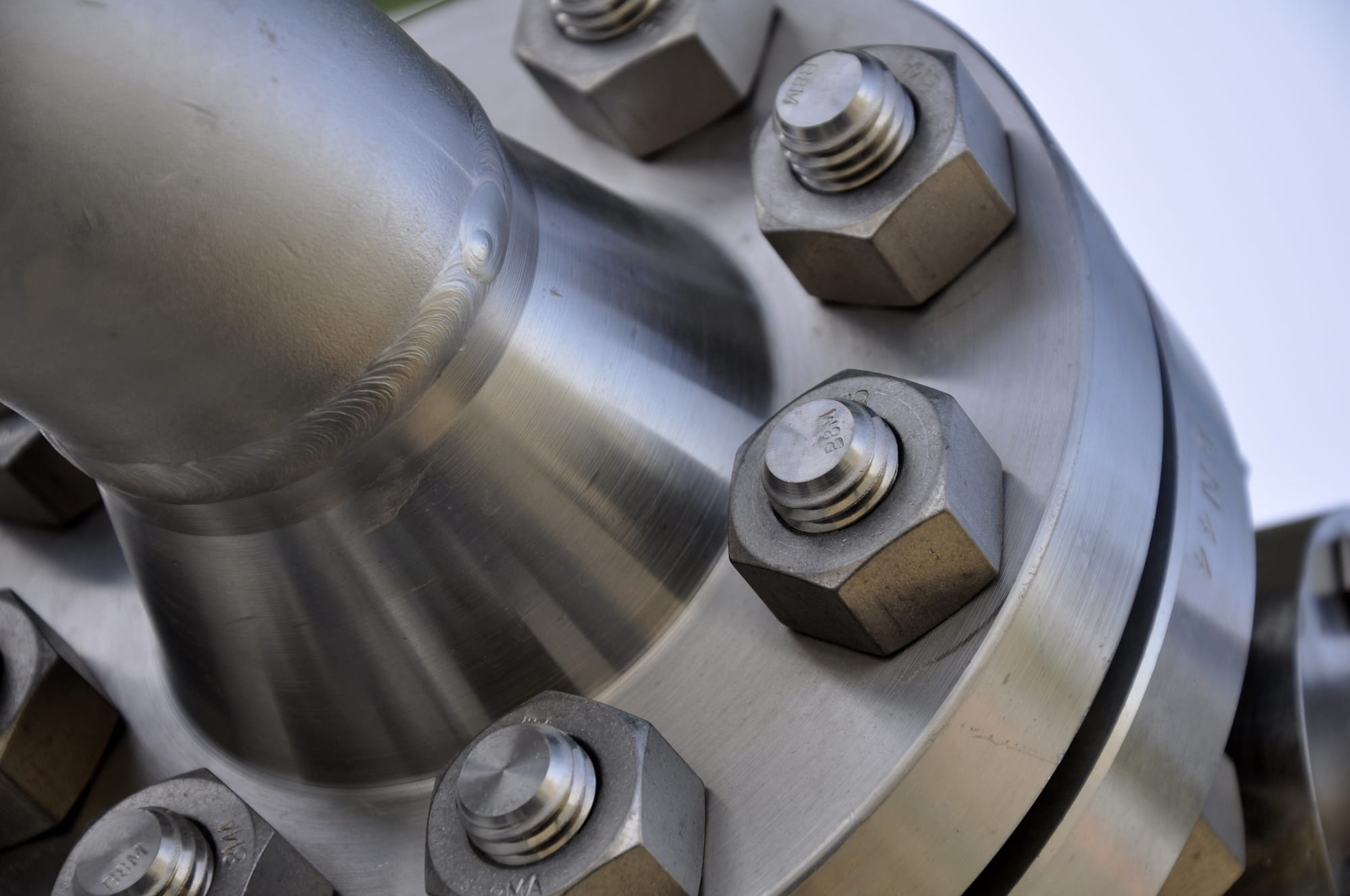Tensile Test
A steel tensile test is a mechanical test used to evaluate the strength and ductility of steel under tension. Here’s how it works, step by step:
- Preparation: A sample of steel, usually shaped like a rod or flat bar, is prepared to specific dimensions. The sample must meet standardized requirements, like those outlined by ASTM or ISO, to ensure consistent results.
- Test Setup: The steel specimen is placed into a tensile testing machine, which has grips to hold the sample securely at both ends. The machine applies a controlled force to the sample by pulling it apart.
- Application of Force: The tensile testing machine increases the force steadily, stretching the steel sample until it breaks. During the test, important data points are recorded, such as the applied force and the amount of elongation (stretch).
- Key Measurements:
- Yield Strength: The stress at which the steel begins to deform permanently (it stops returning to its original shape).
- Ultimate Tensile Strength (UTS): The maximum stress the steel can withstand before breaking. Elongation: The percentage increase in the sample’s length before it fractures, indicating ductility.
- Fracture Point: The point where the steel breaks.
- Analysis: After the test, the steel’s stress-strain curve is analysed. This curve shows how the material reacted to the applied stress and helps engineers determine the material’s mechanical properties.
Tensile tests are critical for ensuring steel meets the required performance standards for its intended application, such as construction, automotive, or aerospace industries.
